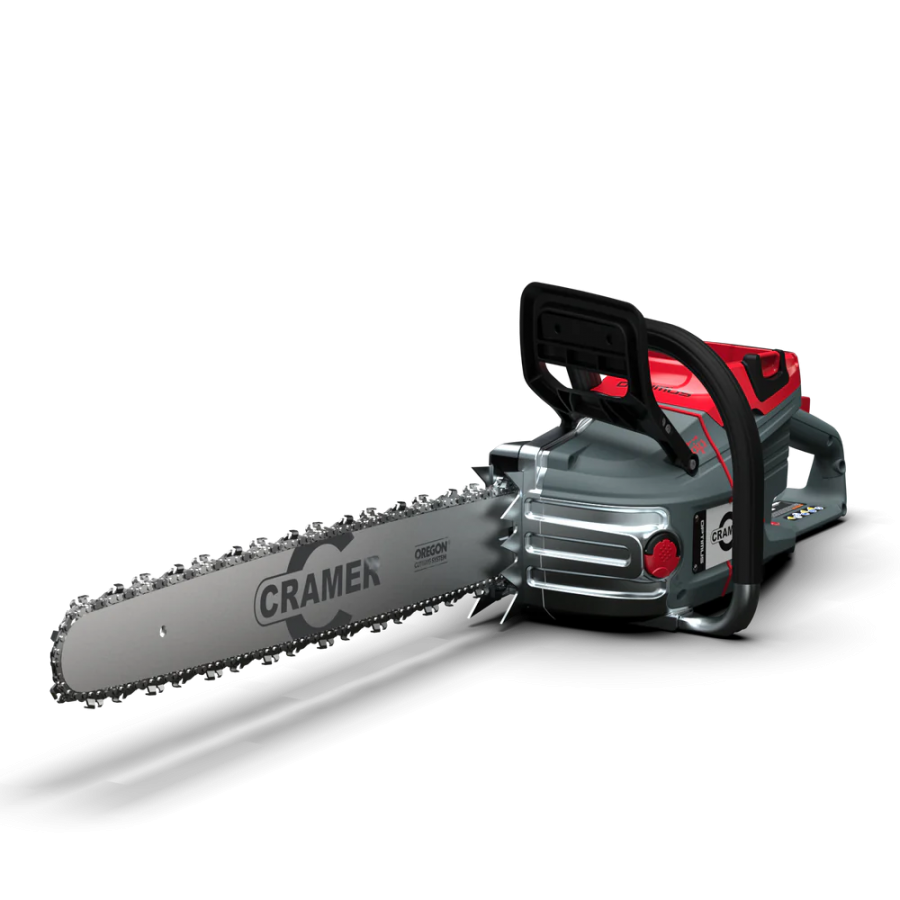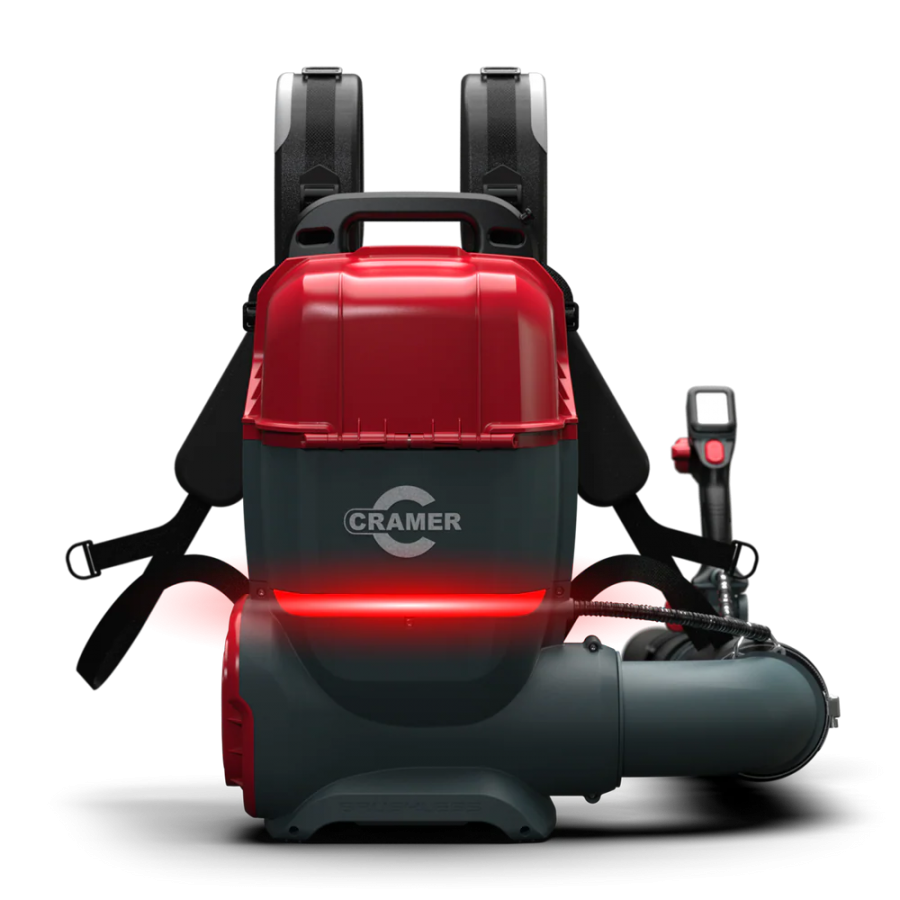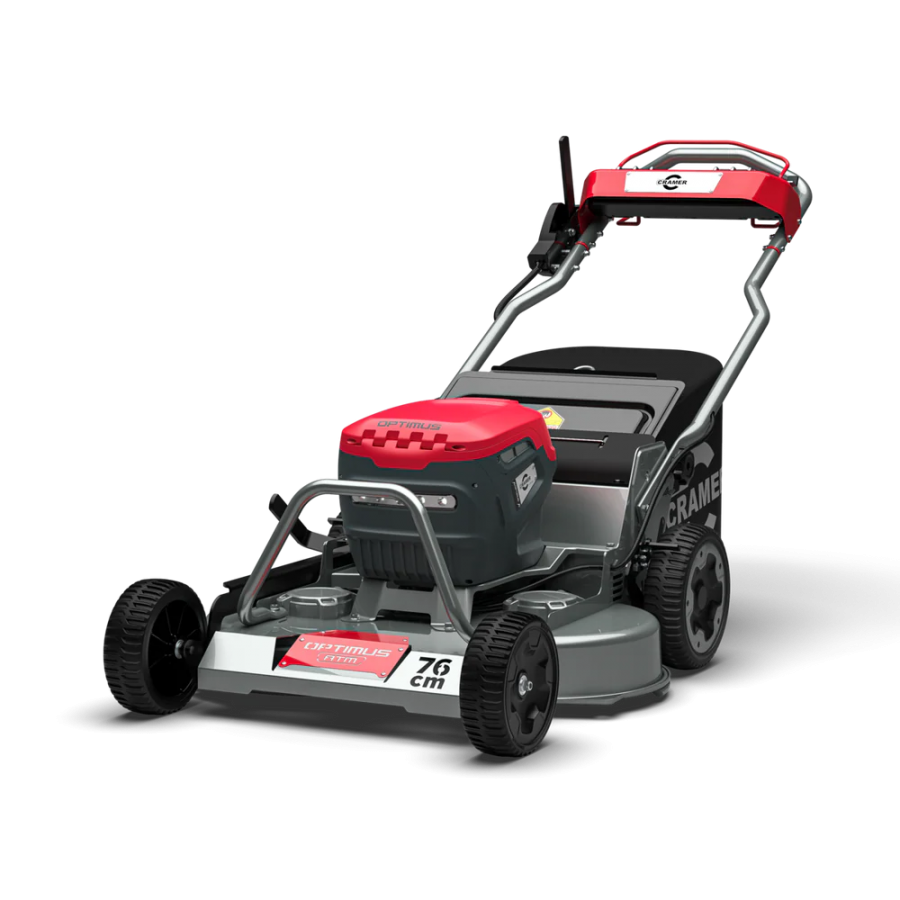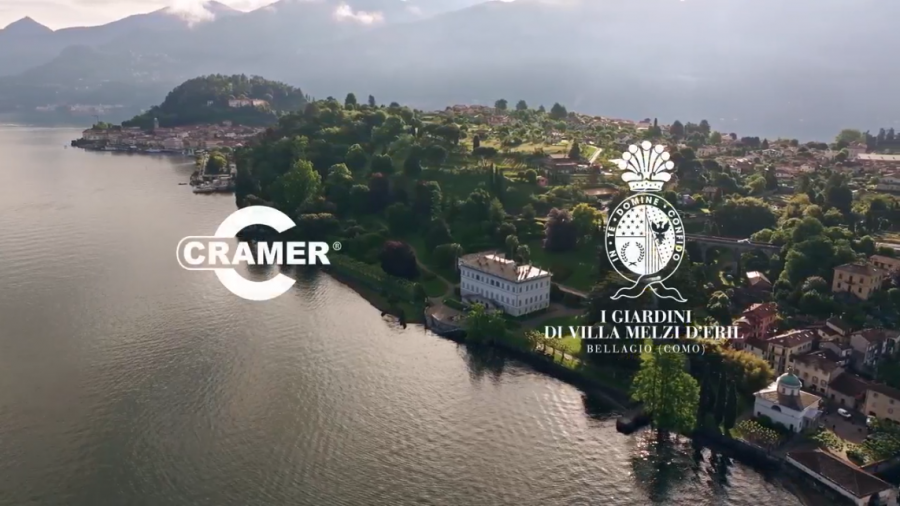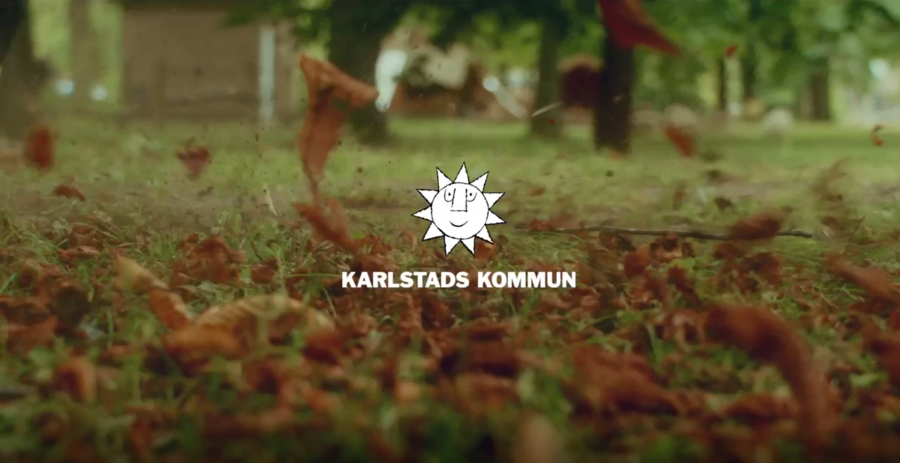Faced with the unprecedented cuts to the revenue support grant from central government, virtually every parks manager is now faced with very challenging decisions.
One of the key areas where the axe will ultimately fall will be the provision of floral displays in parks and gardens, some authorities have already grassed over their display beds others are weighing up options such as planting perennial plantings or devolving them to Town and Parish Councils.

Another option may be to look at the type of plant used to give seasonal colour at a much reduced cost, some begonia species have been used over the last few years with great success, but the colour range is limited to reds and pinks which can lead to a monotonous display.
A new type of plant has recently entered the market place and has been wowing visitors where it has been planted – The Sunpatiens marketed by Earley Ornamentals.
Best described as a ‘buzzy lizzie’ on steroids, it echoes the appearance of the more familiar New Guinea Impatiens, but has phenomenal growth rates, a colour range to excite any gardener and is not susceptible to downy mildew, a disease that has all but wiped out the use of standard impatiens from public parks.
Telford & Wrekin Council has been trialling the use of this new plant over the last two seasons and has now perfected the necessary cultural techniques to get the best from the plant.
Chris Jones, the council’s Team Leader for Parks & Open Spaces, explains that most summer bedding is planted at a density of between 18-25 plants per m2, the plant material element being the main component of the costs associated with the displays.
“We have shown that Sunpatiens planted at a density of between 3-4 plants per square metre depending on whether it has a compact or vigorous form can significantly reduce bedding costs and also provide colour over a very long time period that will outperform almost all other types of bedding plant.”
The findings from the trial have however rewritten the long established principles for providing floral displays.

“It has been a bit of a learning curve, “explains Chris, “traditionally high potassium fertilisers are applied to bedding to promote flowering, usually we aim to keep the nitrogen levels quite low to promote short plants and restrict excessive vegetative growth.
“This approach simply does not work with Sunpatiens as the demand for nitrogen in the early stages of growth is huge when compared to conventional bedding, the plants grow so fast that they run out of food very quickly if adequate reserves are not applied this can stunt the growth resulting in poor establishment and ground covering ability.
“In fact higher Nitrogen levels do not seem to have any marked affect on the plants flowering ability, they seem to flower much better and maintain better leaf colour with a higher nitrogen fertiliser applied than conventional high potassium fertilisers.
“To supply this additional nutrition, we have found two solutions which are not only cost effective but can be undertaken with relative ease.
“After establishing a base level of nutrition by incorporating 50 grams/m2 of fish blood and bone, you should start liquid feeding about a week from planting with a single application of 3-1-2 applied as part of the watering programme, followed a week later with a single application of 1 - 0 - 1 and that’s it, no more additional feeding will be necessary.
“The aim is to keep the plants growing quickly so they cover the ground in the least amount of time, once established they will look after themselves.”
Chris says his best results have however been obtained by digging in around 3 kilos / m2 of well rotted chicken manure as part of the initial bed preparation.
“The results have been very impressive, Sunpatiens thrive on this source of Nitrogen and the wood shavings in it also help to condition the soils and retain moisture.
“We are situated in an area where chicken manure from Broiler sheds is readily available and for Sunpatiens it is probably the best source of Nitrogen as the manure contains both quick and slow release forms of nitrogen to sustain the plant over a very long period.
“The public have loved these new plants,” Chris adds, “they add a real wow factor to our parks, many have asked how do we get bussy lizzies to grow so big so we now have publicity material on site to allow people to look up the detail and watch out for the plants in garden centres.
“What is clear is that a new era in public bedding displays has begun, it is now possible with the use of plants such as Sunpatiens to provide a wide range of colours in public places over a very long period for around half the cost per square metre of conventional bedding.
“But it does not stop there, because the plant density is very much lower, labour costs for planting is a fraction of that for conventional bedding, there is also no seasonal deadheading needed and weeding now takes around a quarter of the time – this may prove to be a real alternative to losing the horticultural excellence in our public parks.”



